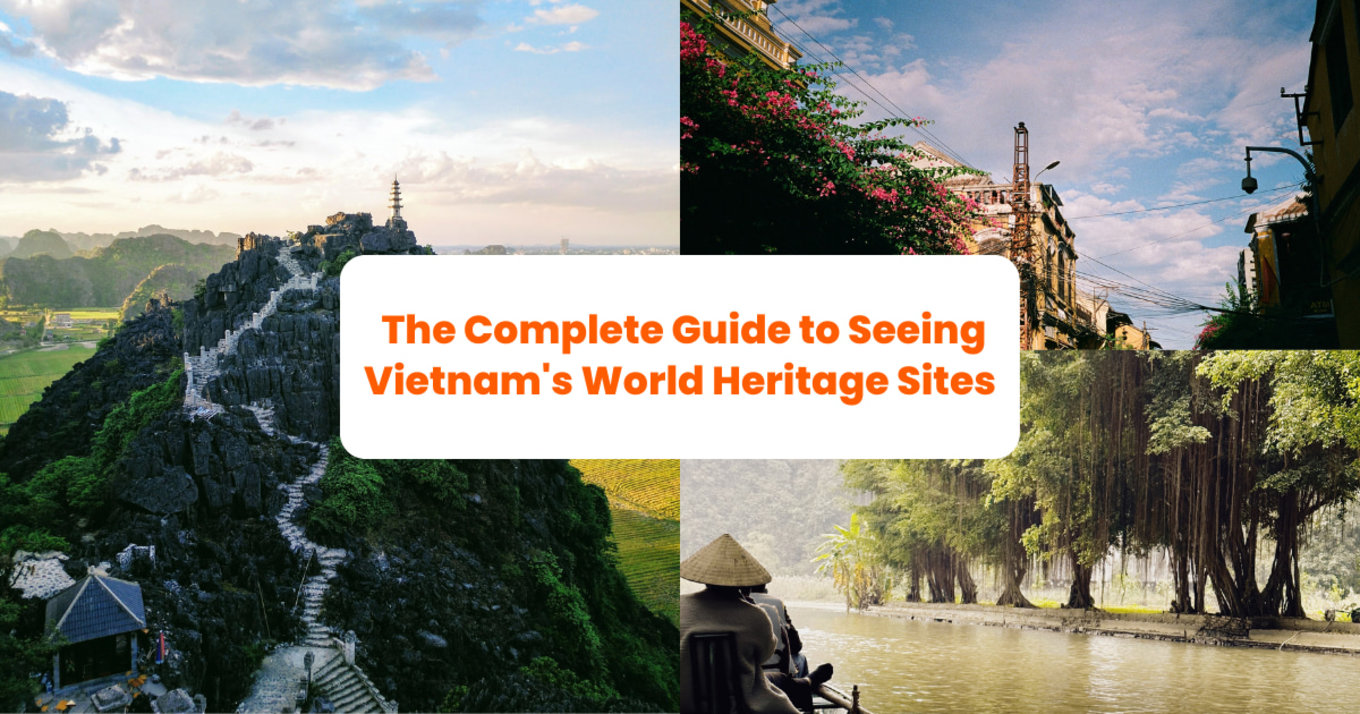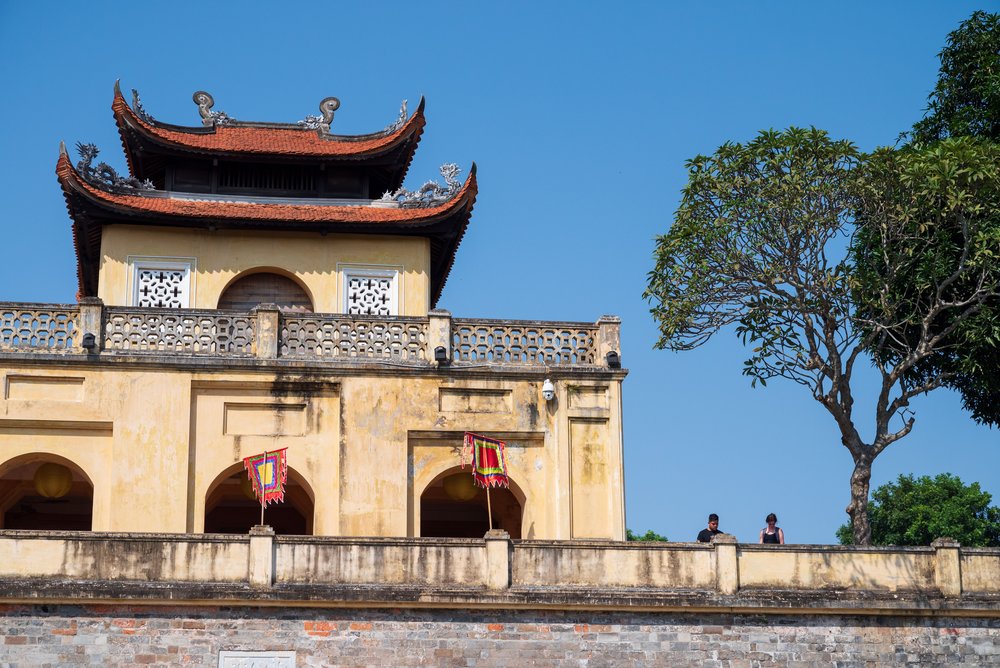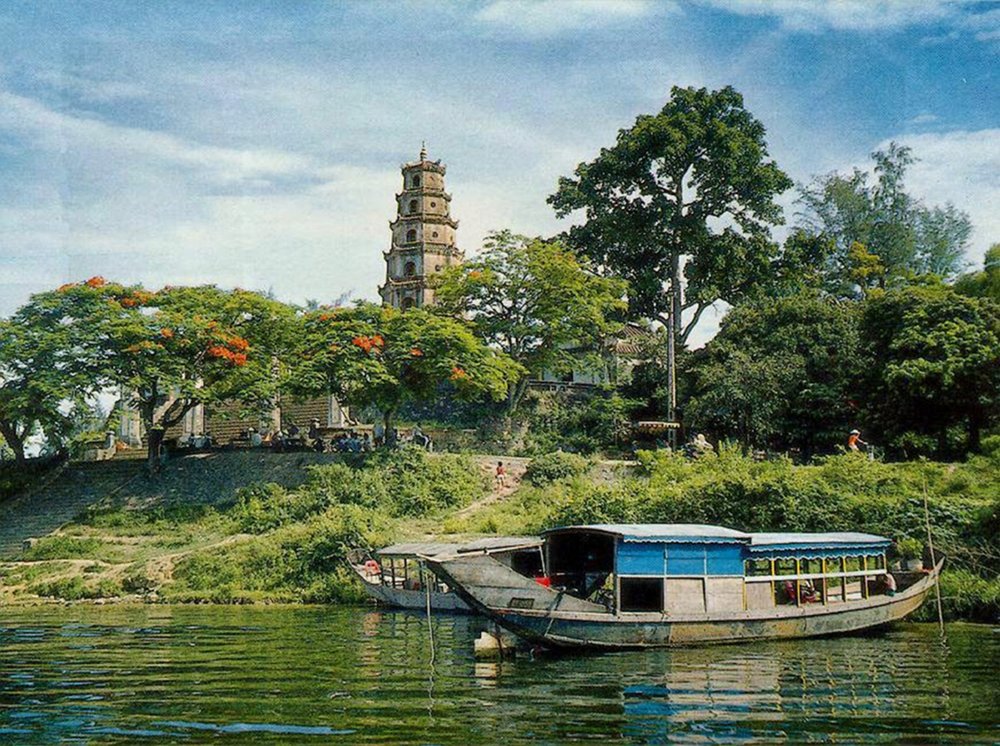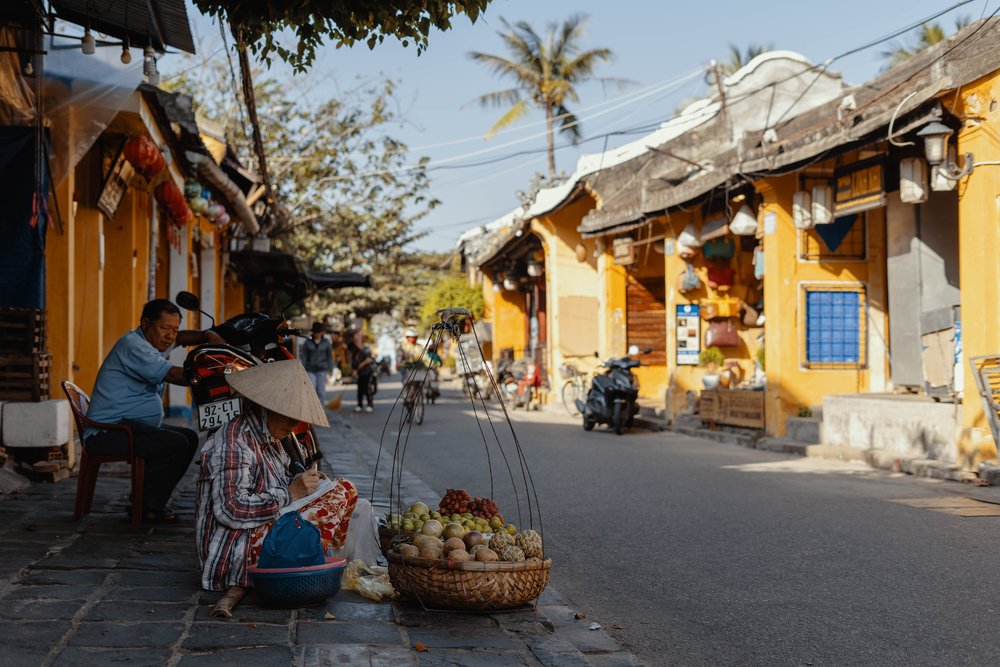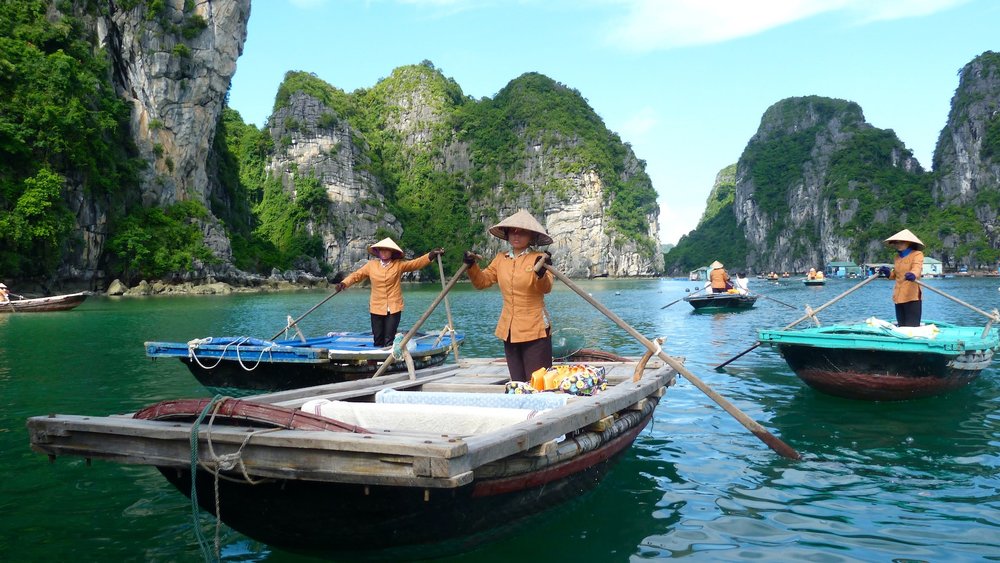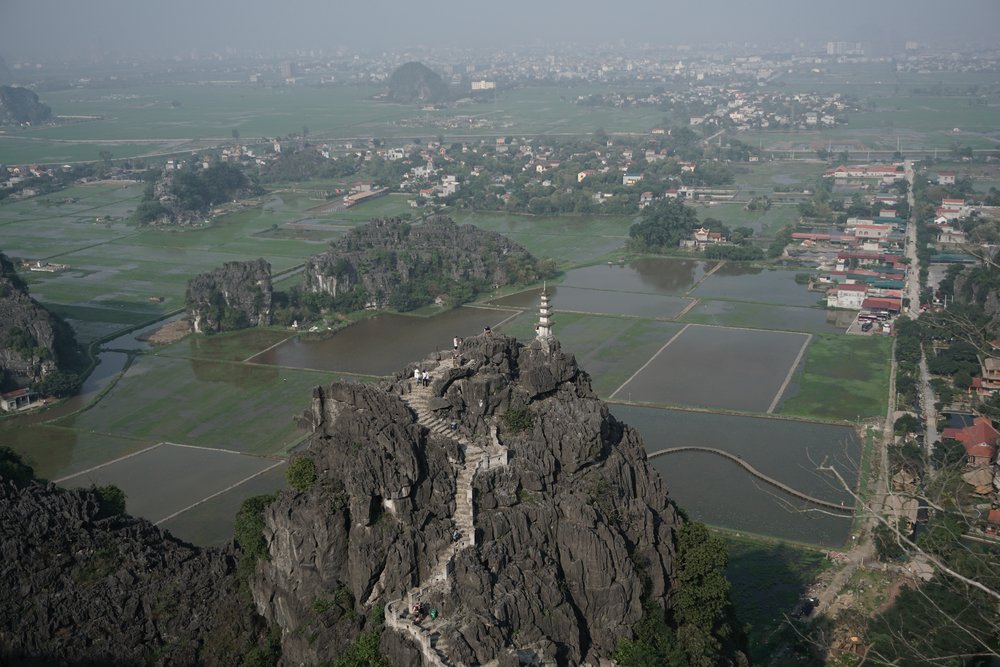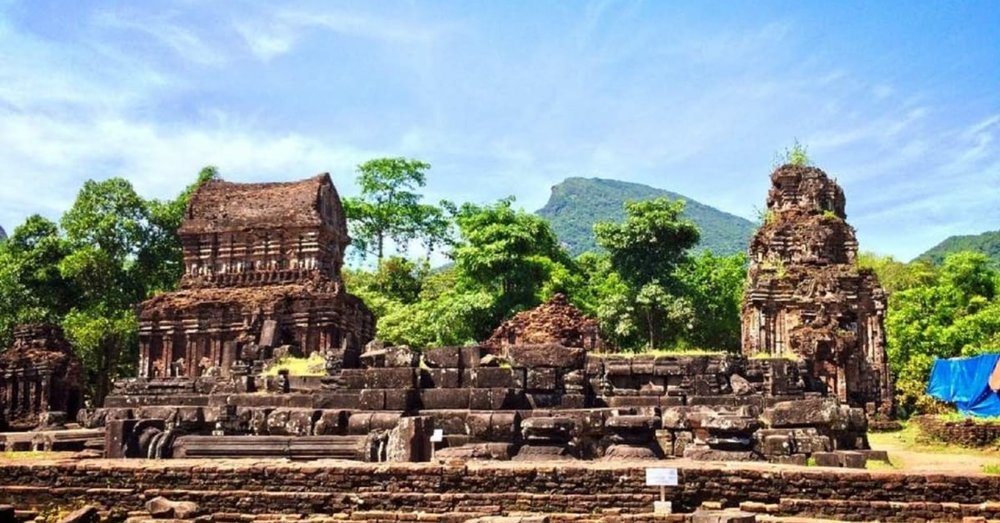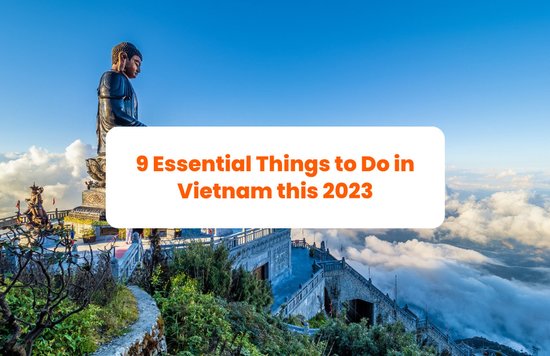Vietnam is a country abundant in natural beauty, culture, and rich history—that much is common knowledge from the various features that graze every travel magazine cover, to the seasonal vlogs by your favorite influencers.
After all, the allure of Vietnam lies in the country's lively cities and tranquil countryside which attract travelers from all around the globe. With a treasure trove of cultural and natural wonders awaiting your visit, there's no better way to experience the essence of Vietnam than by venturing to its eight UNESCO World Heritage Sites.
We often hear the aforementioned term thrown around to amplify a place’s importance, but simply put, it means that the site has been recognized by the United Nations Educational, Scientific and Cultural Organization as having exceptional cultural or natural significance. UNESCO is an agency that works towards global peace and security, collaborating with nations worldwide. They herald and champion the preservation and protection of sites that are considered to be of universal value to humanity.
Adding these important sites to your itinerary for Vietnam will allow you to appreciate and immerse yourself in the nation’s great culture more. Each site offers a unique glimpse into the country's rich history and cultural heritage; from the awe-inspiring ancient temples of My Son Sanctuary to the charming Hoi An Ancient Town, these sites will take you on a journey through reflections of Vietnam's storied past. They also showcase how the country has been bestowed with such natural beauty – from the towering limestone cliffs of Halong Bay and the lush forests of Phong Nha-Ke Bang National Park.
Whether you love the great outdoors or appreciate national history, Vietnam's natural wonders will definitely take your breath away. We'll walk you through all eight of its UNESCO World Heritage Sites in this comprehensive Vietnam itinerary for all the information you need to pack for this dream trip!
But if you’re searching for other destinations in the country, check this list out for a jam-packed list of things to do in Vietnam!
1. Central Sector of the Imperial Citadel of Thang Long
One of the oldest capital cities in Southeast Asia, the Imperial Citadel of Thang Long, was built in the 11th century as a fortress to defend against foreign invasions. The Ly, Tran, and Le dynasties utilized it as bases for their governments, and it served Vietnam for 1,300 years as its capital. But it was only in 2010 that it bestowed the title of a Heritage Site.
When in the area, expect to see historical infrastructures like the Doan Mon Gate, Hanoi Flag Tower, and the Kinh Thien Palace. If you're looking to learn more about this beautifully-preserved ancient capital, you should definitely pay a visit to the Citadel's museum!
Location: 19C Hoang Dieu, Dien Bien, Ba Dinh, Ha Noi
2. Hue Complex of Monuments
The Hue Complex of Monuments is an architectural feat of temples, tombs, and fortresses constructed by the Nguyen Dynasty in the 1800s. The Citadel, the Forbidden Purple City, the Imperial City, and the Perfume River spans over 500 hectares. The construction of the Hue Complex draws inspiration from the deep connection that the Vietnamese people have with nature. Recognized by UNESCO, the site stands as a noteworthy exemplar of "late feudal urban planning" in East Asia, showcasing the remarkable interdependence and harmonious coexistence between humans and the natural world.
The Citadel’s mighty walls and wide moat make it a sight to see in the Complex. Beyond the Citadel’s fort reveal the palace pavilions and courtyards that have withstood the test of time!
The Hue Complex of Monuments was recognized by UNESCO in 1993, owing to the national government’s efforts to restore the war-torn capital brought about by the Vietnam War. Glide through the Perfume River on a dragon boat and marvel at these natural wonders by joining a guided tour of the Complex!
Location: Hue City, Thua Thien Hue Province
Klook Tip: The best time to visit the Hue Complex of Monuments is during the spring and autumn months when the weather is mild and the gardens are in full bloom. Don’t forget to take the opportunity to try out the iconic egg coffee of Vietnam!
3. Citadel of the Ho Dynasty
Nestled in the lush countryside of Thanh Hoa Province, the Citadel of the Ho Dynasty is a hidden gem waiting to be discovered by visitors to Vietnam. Upon first glance, it may seem like an old ruin hardened by time, but you’ll be surprised to know that it was built in the late 14th century when the citadel served as the capital of Vietnam during the short-lived reign of only six years by the Ho Dynasty.
While walking around, one can’t help but notice that the citadel's gray limestone stands out strikingly against the bold backdrop of lush green paddy fields that surround it — the contrasting colors telling the story of harmonious coexistence of man-made structures and Vietnam's natural beauty. It’s worth noting that the Vietnamese were guided by feng shui principles when building this architectural wonder — as evidenced by its strategic location between the Ma and Buoi rivers, and further embraced by the Don Son and Song Tuong mountains surrounding it.
What’s even more interesting is that it was constructed entirely without the use of mortar, with the interlocking stone blocks held together by sheer force and precise cutting. A remarkable architectural accomplishment for its time, it is proof of the remarkable brilliance of the Ho Dynasty.
There’s more to the Citadel of the Ho Dynasty than palaces and temples, its walls once served as the center for both residence and administration for Vietnamese emperors and are divided into two distinct sections: the Inner Citadel and the Outer Citadel. Being the most extensive section, the Inner Citadel served as the seat of government and the imperial residence. Conversely, government officials, merchants, and other individuals employed by the emperor were all housed at the Outer Citadel.
Fun Fact: Unlike the rest of Vietnam’s UNESCO World Heritage Sites, the Citadel of the Ho Dynasty is the only one that was built by a non-royal dynasty!
Location: Vinh Tien, Vinh Loc District, Thanh Hoa
4. Hoi An Ancient Town
Nestled in the Quang Nam province of central Vietnam, Hoi An Ancient Town shines as a captivating gem. Once a bustling trading port that lured merchants from China, Japan, and Europe, it now beckons tourists with its exquisite architecture, vibrant culture, and delectable cuisine. Embark on a journey to this enchanting destination and prepare to be mesmerized by its timeless allure.
Hoi An looks like a set straight out of a Wes Anderson film. The town is filled with homes splashed with hues of yellow and pink, streets littered with lighted ornaments, and roads tailored with cobblestones — a telltale sign of Vietnam’s astounding ability to preserve its past and admittedly, a far cry from the streets of modern Hanoi.
In 1999, the town joined the ranks of the Hue Complex of Monuments and My Son Sanctuary as a Heritage Site. Plus, no visit to Hoi An would be complete without including the iconic Japanese Covered Bridge in your itinerary. This centuries-old bridge, dating back to the 16th century, rises as a symbol of cultural fusion — blending Vietnamese, Japanese, and Chinese influences. Its architectural beauty makes it a must-see attraction, not to mention the ideal backdrop for stunning photos to share on the gram. It’s believed to have been constructed to connect the Japanese and Chinese quarters of the town. Other notable landmarks include the Quan Cong Temple, the Museum of Trade Ceramics, and the Tan Ky House.
If you’re looking to do more than just visit the Hoi An Ancient Town in your itinerary for Vietnam, you can also experience local crafts like pottery, lantern-making, and cooking classes!
Klook Tip: Stay until the evening to witness the enchanting spectacle of Hoi An's famous lanterns illuminating the entire town!
Location: Hoi An City, Quang Nam Province
5. Halong Bay
Halong Bay is an awe-inspiring masterpiece of nature. Nestled deep within the Gulf of Tonkin, this one-of-a-kind destination was only recognized as a UNESCO World Heritage Site in 2014. It boasts a vast landscape adorned with over 1,600 limestone islands and islets, forming a tapestry of towering cliffs, serene waters, and ancient caves — all for you to explore!
On a day tour, you can visit the famous Thien Cung Cave which features stunning stalactites and stalagmites. While the site has been inhabited by humans for thousands of years, with evidence of ancient fishing communities and naval battles etched into the rocks, recent studies have revealed that the rock formations that make up the caves of Hanoi precede human civilization and back to as old as three million years!
Go beyond sightseeing and explore the wonders of Halong by snorkeling and scuba-diving to equally appreciate the rich marine life that exists beneath the bay’s waters!
Fun Fact: The name "Halong" means "descending dragon" in Vietnamese. The name is said to come from the legend of a dragon descending from the sky and creating the bay.
- Location: Halong City, Quang Ninh Province
6. Trang An Landscape Complex
Trang An Landscape Complex in the Ninh Binh Province stretches over 10,000 hectares. Dubbed a World Heritage Site in 2014, the Complex is home to an impressive array of limestone karst formations, caves, rivers, and temples -- all of which are explorable by boat!
Throughout your ride, you’ll be surrounded by nothing but lush greenery and towering formations as the boats line the river along with the myriad of floating lilies and other marine plants that thrive in this rich ecosystem. You can admire the stunning system of caves that runs throughout the complex. Formed millions of years ago, it houses stalactites and stalagmites that create otherworldly landscapes. After your boat ride through the river, pay your respect to the ancient temples of Trinh Temple and the Khong Temple—a cultural must for every traveler’s itinerary for Vietnam.
Fun Fact: Trang An was used as a filming location for the Hollywood blockbuster, “Kong: Skull Island” in 2017!
- Location: Red River Delta, Ninh Binh Province
7. My Son Sanctuary
A major key player in the relics of the ancient Champa Kingdom, My Son Sanctuary served as a religious and cultural center for the Cham people back in 300 AD. Hardened by time, expect uneven terrain in this historical site, so wear proper footwear to enjoy your leisurely walk.
The intricate structures are proof of the long-lost civilization’s artistic prowess. The sanctuary was recognized by UNESCO in 1999 for its Hindu-inspired temples, shrines, and towers. If you think about it, it's an incredible feat for its time as it was constructed from red bricks only and even adorned with intricate carvings. The Tower of K, the Gate Tower, and the Temple of the Warriors are all must-sees here with their own historical significance.
You can also take a boat trip down the Thu Bon River. To learn more about the history and culture of the Champa Kingdom, you can go on an early morning tour and avoid hot afternoons!
Location: Duy Phu, Duy Xuyen District, Quang Nam Province
8. Phong Nha-Ke Bang National Park
Deemed as a UNESCO World Heritage Site in 2003, Phong Nha-Ke Bang National Park is booming with ecological diversity and a rich geological legacy. Shaped by the Mekong River over countless millennia, this mesmerizing landscape reveals a tapestry of caves and grottoes adorned with majestic stalactites and stalagmites.
Among the park's treasures, Phong Nha Cave draws attention for its vast chambers and captivating underground rivers — showing nature's artistry in full display through its rock formations. Venture further to discover Paradise Cave, an expanse sprawling over 30 kilometers. For the boldest explorers, dare to venture into Hang Son Doong, the world's largest cave, where an otherworldly realm awaits!
Make sure to spend a day in Phong Nha-Ke Bang National Park to be able to make the most of this natural wonder!
Fun Fact: Hang Son Doong is so large that it can house buildings with 40-storeys!
Location: Phong Nha, Bo Trach District, Quang Binh Province
Grabbing the opportunity to witness the awe-inspiring beauty of Vietnam's UNESCO World Heritage Sites is not an opportunity that everyone gets to experience. But, you're just in luck, because the nation holds more treasures waiting to be discovered — this is just the tip of the iceberg of your Vietnamese adventure! The country is brimming with countless destinations, so let them enchant you with these additional destinations to add to your upcoming trip itinerary for Vietnam!

